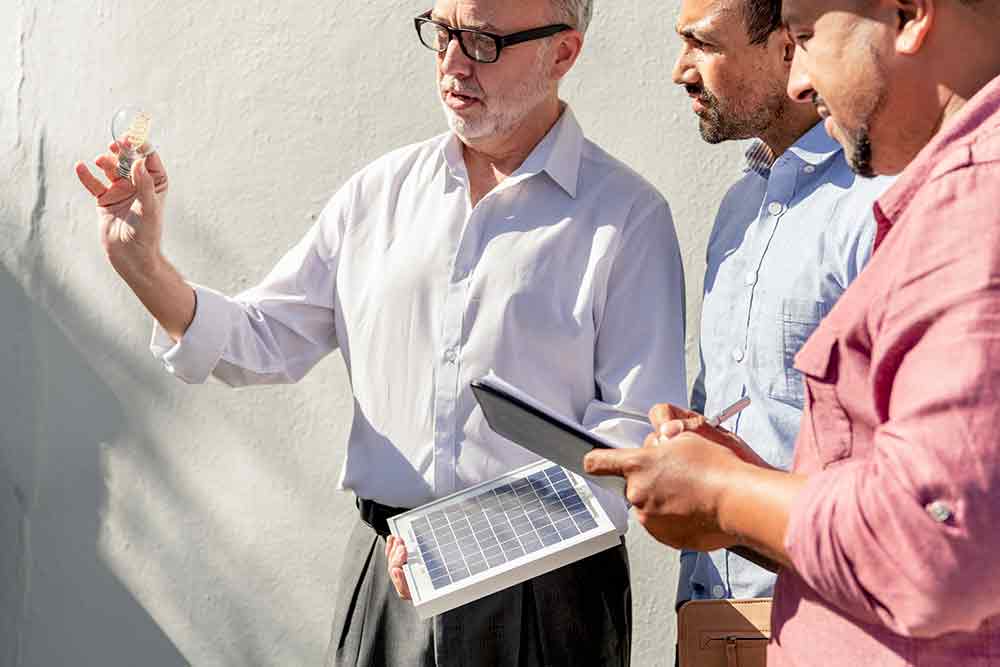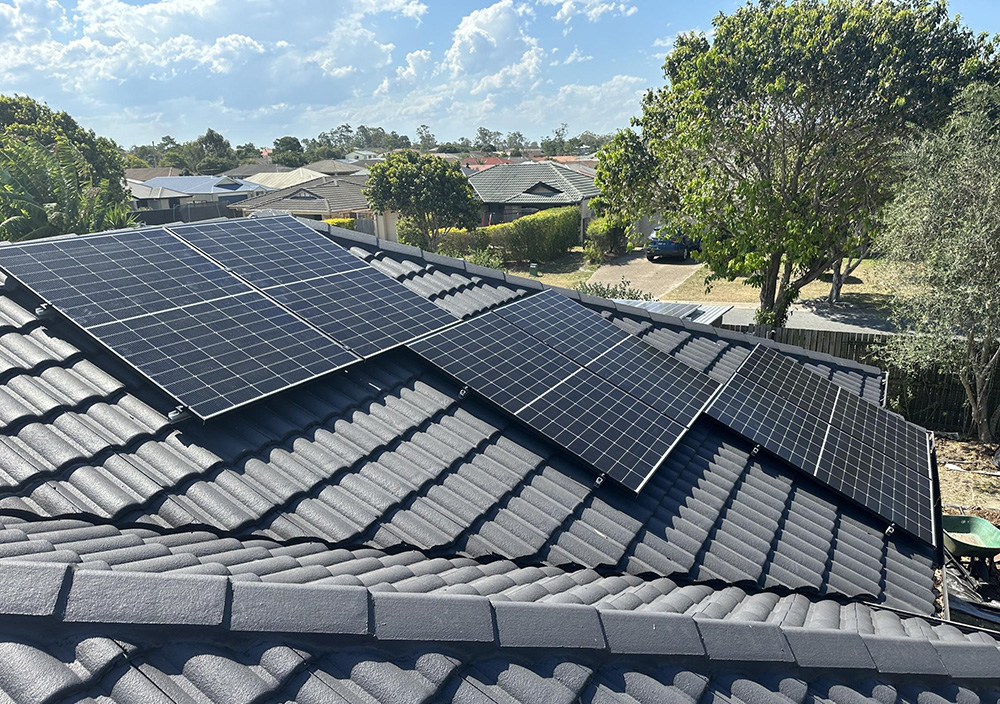
Calculate Your Solar Savings: A Step-by-Step Guide
Ready to Cut Your Power Bills?
If you’re considering solar, knowing how much you could save is a great place to start. This guide walks you through the steps to estimate your annual electricity bill savings and choose the right system size for your home.
Step 1: Find Your Annual Electricity Usage
Start by reviewing your last 4 electricity bills and add up the total kilowatt-hours (kWh) used—or look for the yearly total listed by your provider. This figure is key to sizing your solar system.
Step 2: Estimate the Right System Size
Based on your usage and the size of your home, here’s a guide to choosing a realistic solar system size:
| Household Type | System Size | Notes |
| Small Home / Townhouse | 4–5kW | Only suitable where roof space is limited |
| Standard 3-Bed Home (2–3 people) | 6.6kW (15 × 440W panels) | Minimum recommended size |
| Medium Home (3–5 people) | 8–10kW | Ideal for families with higher energy needs |
| Large Home (5+ people) | Up to 13.2kW (30 × 440W panels) | Max for single-phase power; requires large roof |
Note: The bigger the system, the more STC (rebate) credits you’ll receive—so larger systems often offer better value over time.
Step 3: Estimate Your Solar Production
In Brisbane, solar panels generate about 4.2 kWh per kW per day. Multiply that by your system size and then by 365 to get your estimated annual output.
Example for 6.6kW system:
6.6 × 4.2 × 365 = ~10,100 kWh per year
Step 4: Estimate Your Electricity Bill Savings
Now take your estimated annual solar output and multiply it by your current electricity rate (e.g. $0.28 per kWh).
Example:
10,100 kWh × $0.28 = ~$2,828 in potential annual bill savings*
*Actual savings may be lower depending on usage habits and feed-in tariff rates, especially if you’re not using the power during the day.
Step 5 (Optional): Consider Adding a Battery
Adding a battery allows you to store your unused solar energy for use at night—further reducing reliance on the grid. From July 1, 2025, the Cheaper Home Batteries Program offers a 30% rebate on home battery installations, making this option more affordable.
Final Thoughts
Solar isn’t one-size-fits-all. Your savings depend on how much electricity you use, your roof size, and when you use power during the day. But with Brisbane’s sunny climate and generous rebates, the payback period for solar is getting shorter every year.
Ready to start saving with solar?
Contact Solenergi for a free quote and expert advice on the right solar system for your home. Let’s make the switch to solar energy simple and stress-free.
Contact us for a free quote.
Please send us your inquiry or give us a quick call to
+61 07 3519 5118 for any information.

















